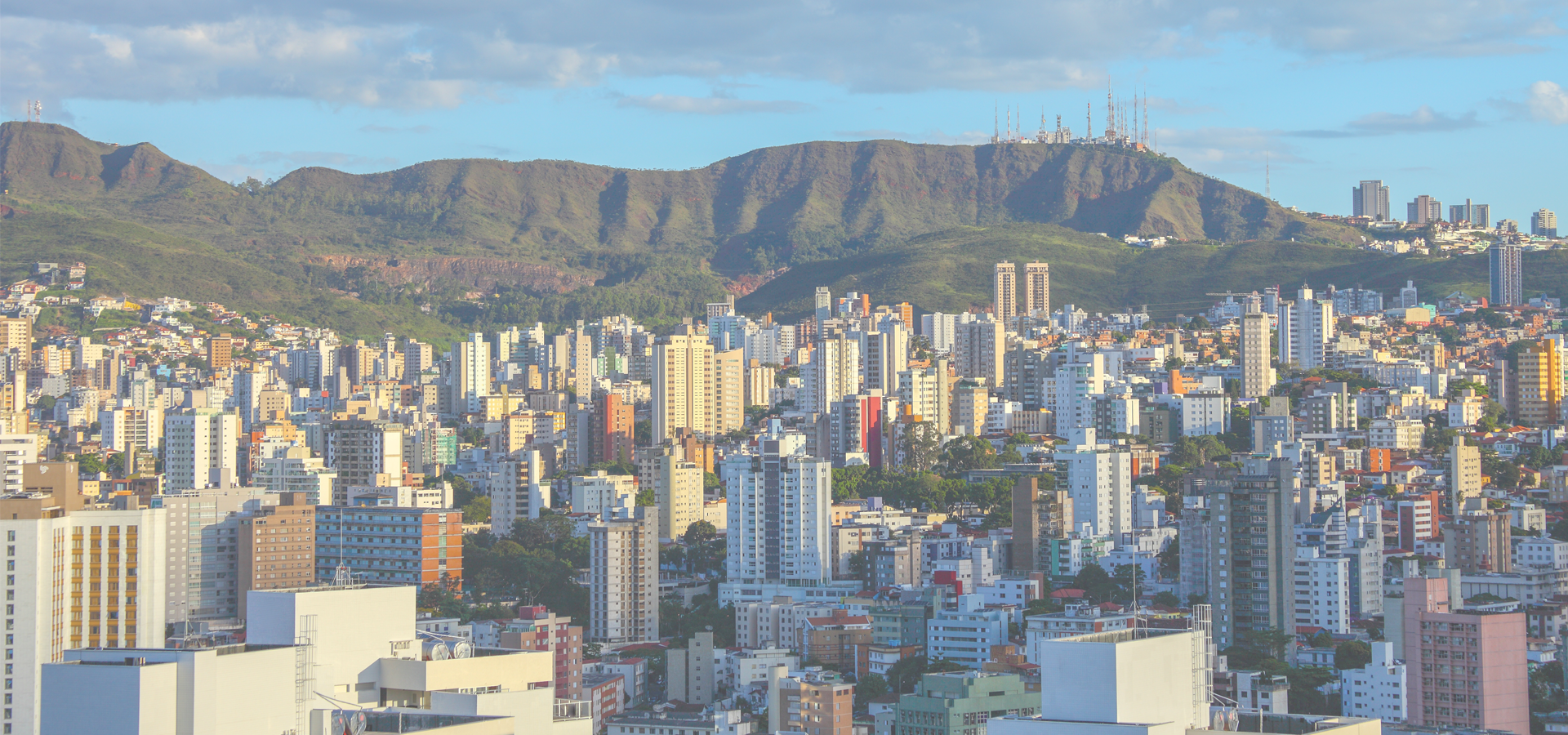Muriaé, Minas Gerais, Southeast Region, Brazil
🇧🇷 Muriaé is a municipality in south-east Minas Gerais state, Brazil. It is located in the Zona da Mata region.
Important Facts • Municipal Limits Ervália, Santana de Cataguases, Laranjal, Palma, Miraí, São Sebastião da Vargem Alegre, Rosário da Limeira, Miradouro, Vieiras, Eugenópolis, Patrocínio do Muriaé and Barão de Monte Alto. • Economy Industry, agriculture (coconut and coffee), services, and cattle raising • Average annual temperature - 26 °C • Elevation - 209 m • Area - 843,9 km² • Distance from Belo Horizonte - 363 km It is located at the junction of two major highways, BR-116 (Rio-Bahia) and BR-393. Its name means "to have the taste of sweet sugarcane" in the indigenous language.
Muriaé River The Muriaé River passes through the city. It is a river whose source is in the Serra das Perobas in Minas Gerais near the boundary with the state of Rio de Janeiro. It flows in a west–east direction and joins the Paraíba do Sul River, a little above the city of Campos dos Goytacazes. Its waters are muddy and cold and they supply several municipalities for drinking and irrigation. There are some waterfalls, the most important being the Cachoeira da Fumaça, in Retiro do Muriaé. Its length is about 300 km, of which 40 are navigable for small boats. It is flanked along all its course by highway BR 356 and the Leopoldina Railway.
History In 1817, Constantino José Pinto, with 40 men, a seller of herbs and medicinal roots, came down the Pomba River and reached Muriaé, where he stopped, building a hut near the waterfalls on the river. In 1819 the Frenchman Guido Tomáz Marliére arrived and built a chapel. In 1841 the district was created with the name of São Paulo do Muriahé. In 1855 this was elevated to the category of "vila" (village) with the same name. Finally in 1865 the comarca was created and the village became the city of Muriahé. In 1923 Muriahé became Muriaé out of spelling considerations. The progress of the new settlement was constant, especially after 1886 with the inauguration of the train station on the Leopoldina railroad line. In 1910 electricity came to the city, in 1911 the first water and sewage, and in 1913 the first urban telephone.
Education The city has three institutions of higher education: FAFISM – Faculdade de Filosofia, Ciências e Letras Santa Marcelina – FAMINAS – Faculdade de Minas – UNIPAC – Universidade Presidente Antonio Carlos .
America/Sao_Paulo/Minas_Gerais

Muriaé has a population of over 109,392 people. Muriaé also forms part of the wider Minas Gerais state which has a population of over 21,168,791 people.
To set up a UBI Lab for Muriaé see: https://www.ubilabnetwork.org Twitter: https://twitter.com/UBILabNetwork
🇫🇷 Saint-Benoît -21.034
🇫🇷 Saint-Paul -21.01
🇫🇷 Saint-Paul -21
🇧🇷 São Sebastião do Paraíso -20.917
🇧🇷 Sidrolândia -20.917
🇧🇷 Campo Belo -20.898
🇹🇴 Nuku'alofa -21.136
🇧🇷 Sertãozinho -21.14
🇧🇼 Francistown -21.167
🇧🇷 Ribeirão Prêto -21.178
🇧🇷 Casimiro de Abreu -42.2
🇧🇷 São Pedro da Aldeia -42.1
🇧🇷 Governador Valadares -41.933
🇧🇷 Rio das Ostras -41.92
🇧🇷 Nova Friburgo -42.534
🇧🇷 Rio Bonito -42.617
🇧🇷 Coronel Fabriciano -42.617
🇧🇷 Cataguases -42.683
Locations Near: Muriaé -42.3702,-21.1288
🇧🇷 Cataguases -42.683,-21.4 d: 44.3
🇧🇷 Itaperuna -41.891,-21.21 d: 50.6
🇧🇷 Ubá -42.933,-21.117 d: 58.4
🇧🇷 Ponte Nova -42.909,-20.416 d: 97.1
🇧🇷 Juiz de Fora -43.343,-21.758 d: 122.6
🇧🇷 Nova Friburgo -42.534,-22.282 d: 129.4
🇧🇷 Campos dos Goytacazes -41.324,-21.755 d: 128.7
🇧🇷 Cachoeiro de Itapemirim -41.1,-20.833 d: 135.9
🇧🇷 Casimiro de Abreu -42.2,-22.467 d: 149.8
🇧🇷 Ouro Preto -43.5,-20.383 d: 143.8
Antipodal to: Muriaé 137.63,21.129
🇲🇵 Saipan 145.753,15.189 d: 18932.5
🇬🇺 Hagåtña 144.746,13.467 d: 18876.9
🇬🇺 Tamuning 144.767,13.483 d: 18876.8
🇬🇺 Dededo 144.836,13.515 d: 18874.6
🇯🇵 Amami 129.483,28.367 d: 18864.9
🇯🇵 Nago 127.978,26.592 d: 18861.5
🇯🇵 Ginowan 127.78,26.279 d: 18860.9
🇯🇵 Okinawa City 127.793,26.343 d: 18858.7